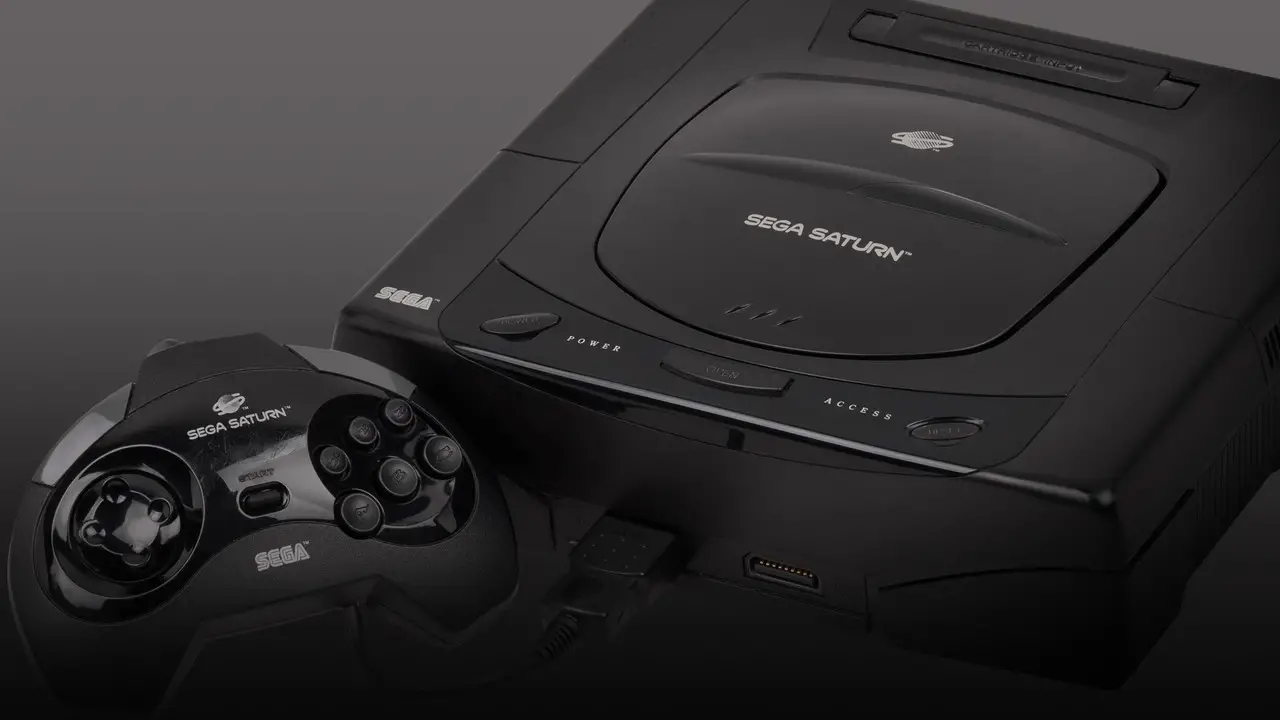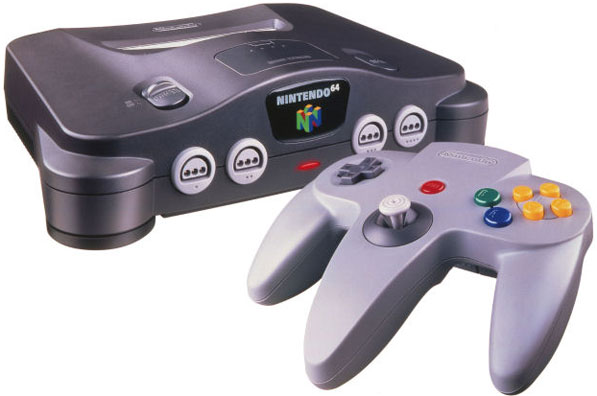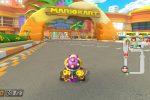Exactly twenty years ago, before most of this year’s incoming freshmen were born, and on the eve of the Nintendo 64’s launch, the console wars were in full swing.
Early losers like Atari’s Jaguar and the overpriced 3DO had been kicked to the curb by a rabid consumer base obsessed with 3D graphics and full-motion video. The Playstation and Sega Saturn dominated the market in a clumsy era where thick fogs obscured poor draw distances and third-person cameras whipped around blocky characters in nauseating arcs.

It was a hideous puberty, but these were formative years, setting the groundwork for what video games would become. The N64 would go on to resolve many of its issues, and for some it would define the generation, but early criticism plagued its release.
Problems started early on, when the 64 was under development as Project Reality. Delays pushed back the launch several times, and as a result, it was released over a year after Sony and Sega had released the PlayStation and Saturn, respectively. As if a late release wasn’t handicapping enough, Nintendo’s insistence on using expensive and complicated cartridges alienated several developers that had once had good relationships with the company.
Though the 64 was technically the most powerful system on the market, it lacked CD-quality audio and video capabilities, which earned it a snide, child-friendly reputation in the “hardcore” community. And when the voluptuously-named 64DD (a powerful disk drive add-on promised from the inception of the console) failed to materialize year after year, early adopters felt betrayed.
Nintendo’s own ingenuity was the only thing that saved the 64 from utter failure. The unwieldy gamepad was designed around Super Mario 64, which played so flawlessly that it set the standard for how 3D games should control to this day. Four-player compatibility was built-in from the beginning, eliminating the need for LAN parties (which were heartbreaking gatherings where everyone had to bring their own PC and monitor to one location). Exhaustingly aggressive marketing contributed to the console’s (relative) success in the US, which accounted for over half of worldwide sales; it’s hard to read a Nintendo Power from ’97 without picturing the writers foaming at the mouth at forgettable games like Gex 3: Deep Cover Gecko.
And while third-party support lagged, Nintendo’s own development teams produced some of the most memorable games of the era. Many of these titles are so well designed that they still play well twenty years later, awarding the failed console a posthumous legacy of success.
Where many of Sony’s then-cutting-edge blockbuster games now look muddy and primitive, the cartoony art styles of games like Banjo-Kazooie and Starfox 64 still hold up; and their relative simplicity, compared to the other clunky, more mature games of the era, has ensured that they play better, too. The Legend of Zelda: Ocarina of Time in particular pushes the system to the limits, with a huge, interconnected world and an unmatched sense of discovery.
Dig a little deeper into the 296-game library and you’ll find a selection of aggressively creative hidden gems: Blast Corps has the player taking on freelance demolition work; Space Station: Silicon Valley puts you in the shoes of a robot-controlling microchip in a space zoo gone haywire; Conker’s Bad Fur Day is a sickening, hungover send-up of the system’s cutesy platforms that plays better than any of them. During its lifetime, the release of quality games was painfully slow. In hindsight, it’s among the best in the history of gaming.
Beyond the library, the primary reason the N64 is better remembered than any of its competition is simple: In 2016, more functional units still exist. The brittle internal mechanisms of the PS1 and Saturn and their easily scuffed discs weren’t built with twenty years of abuse in mind. The N64, by contrast, is almost indestructible; when I got mine second-hand, it was coated in what was either crusted Faygo or dried blood (when you’re a kid and someone offers you a video game console, you don’t ask questions).
After a thorough cleaning, it worked perfectly, and has survived a subsequent decade of being dropped, stepped on and punched by “friends” who couldn’t accept a third-place ranking in Mario Party 2. Even the games themselves are built to last; the 64 cartridge’s elegant design allows it to be ripped out of the socket, glazed with hot, spitty breath and slammed back into place over and over again. Ultimately, the child-friendly design choices that originally held the 64 back have since become its biggest asset in securing its place as a cultural icon of the ’90s.

















